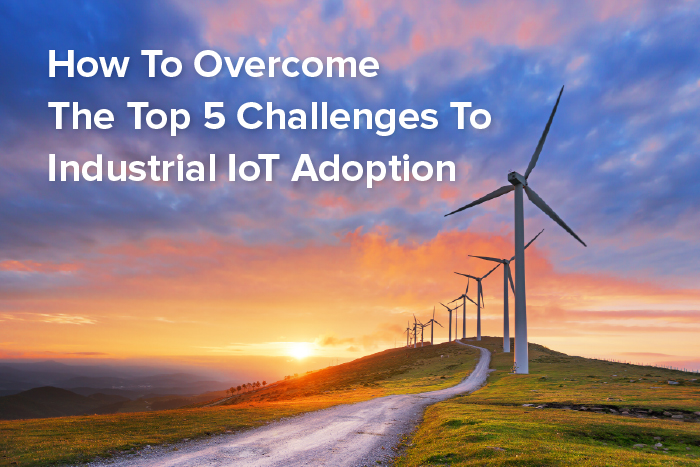The key to successful industrial IoT adoption is to ensure you start with an IOC.
According to the 2016 Current State of IIoT research study, 4 out of 5 manufacturing leaders say adopting IIoT technology is critical to their future success.
They believe industrial IoT has the potential to grow their organization, make it more agile and improve compliance.
But there are challenges that need to be addressed to implement a successful IoT initiative.
The Key To Successful Industrial IoT Adoption
Initial Operational Capability (IOC) is a military term used to describe when one or more subsets of the capability can be deployed on operations.
For industrial IoT applications, that means creating a fully-functional application that addresses each of these problems for a small subset of assets.
How is an IOC different from a POC?
A POC is a once-off experiment that proves you can solve the technology problem. But it’s not something you build upon over time.
In contrast, an IOC proves that you can solve the business problem. It considers more than just technology. An IOC also considers data security, a valid business case, data quality, staff skills and how long it takes to create new applications.
By focusing on setting up full operational capabilities for a specific business problem, you can take a systematic approach to overcoming the challenges of successful IoT adoption.
So how does an IOC address critical challenges that industrial organizations face when adopting IoT technology?
1. Data Security Concerns
Using an IOC approach allows you to implement Security By Design from the start of your industrial IoT journey. By starting out small you can secure your devices, connections, cloud data storage and applications. Without too many variables to control you can set things up the right way from the beginning.
For more detailed information on IIoT security best practices click here.
2. No Clear Business Case for IIoT
At XMPro we believe in starting with the business problem you want to solve and not the technology.
With an IOC, you can choose a specific business problem that you want to solve. And then prove the ROI without investing millions in new infrastructure and technology.
If you’re looking for ideas go to our Use Case Library.
Once you have a few ideas for business problems you can solve with IoT, it’s time to rank them by readiness and business impact.
Interested in doing IoT-based predictive maintenance on assets? Learn more about getting started in this blog post.
When you’ve determined the business problem you want to solve the next question to answer is, ‘What are the key ROI metrics?’.
This is going to help you stay focused on the business problem and prove how industrial IoT can impact your organization.
3. Data Quality Issues
One of the main opportunities industrial IoT presents is the ability to make data-driven decisions. But in order for that to work, the data needs to be as accurate as possible.
Starting with an IOC helps you find problems in data quality with a manageable dataset. You can set up automatic data cleaning and transformation in XMPro. The software can fill in missing values and normalize data to make it more usable.
The cleaned data can then be put into a machine learning model to test the accuracy with minimal setup.
Once you’ve proven that this results in data you can use to make better decisions, you can add these data cleaning and transformation actions to all of your future IoT use cases inside XMPro.








